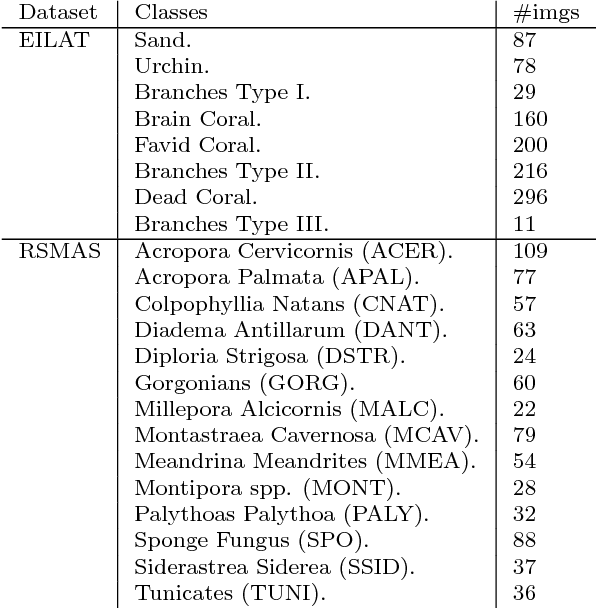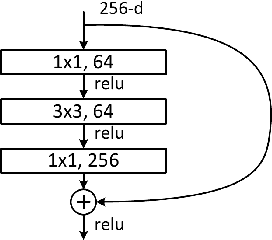Anabel Gómez-Ríos
A robust approach for deep neural networks in presence of label noise: relabelling and filtering instances during training
Sep 08, 2021



Abstract:Deep learning has outperformed other machine learning algorithms in a variety of tasks, and as a result, it has become more and more popular and used. However, as other machine learning algorithms, deep learning, and convolutional neural networks (CNNs) in particular, perform worse when the data sets present label noise. Therefore, it is important to develop algorithms that help the training of deep networks and their generalization to noise-free test sets. In this paper, we propose a robust training strategy against label noise, called RAFNI, that can be used with any CNN. This algorithm filters and relabels instances of the training set based on the predictions and their probabilities made by the backbone neural network during the training process. That way, this algorithm improves the generalization ability of the CNN on its own. RAFNI consists of three mechanisms: two mechanisms that filter instances and one mechanism that relabels instances. In addition, it does not suppose that the noise rate is known nor does it need to be estimated. We evaluated our algorithm using different data sets of several sizes and characteristics. We also compared it with state-of-the-art models using the CIFAR10 and CIFAR100 benchmarks under different types and rates of label noise and found that RAFNI achieves better results in most cases.
Towards Highly Accurate Coral Texture Images Classification Using Deep Convolutional Neural Networks and Data Augmentation
Mar 27, 2018



Abstract:The recognition of coral species based on underwater texture images pose a significant difficulty for machine learning algorithms, due to the three following challenges embedded in the nature of this data: 1) datasets do not include information about the global structure of the coral; 2) several species of coral have very similar characteristics; and 3) defining the spatial borders between classes is difficult as many corals tend to appear together in groups. For this reason, the classification of coral species has always required an aid from a domain expert. The objective of this paper is to develop an accurate classification model for coral texture images. Current datasets contain a large number of imbalanced classes, while the images are subject to inter-class variation. We have analyzed 1) several Convolutional Neural Network (CNN) architectures, 2) data augmentation techniques and 3) transfer learning. We have achieved the state-of-the art accuracies using different variations of ResNet on the two current coral texture datasets, EILAT and RSMAS.
 Add to Chrome
Add to Chrome Add to Firefox
Add to Firefox Add to Edge
Add to Edge